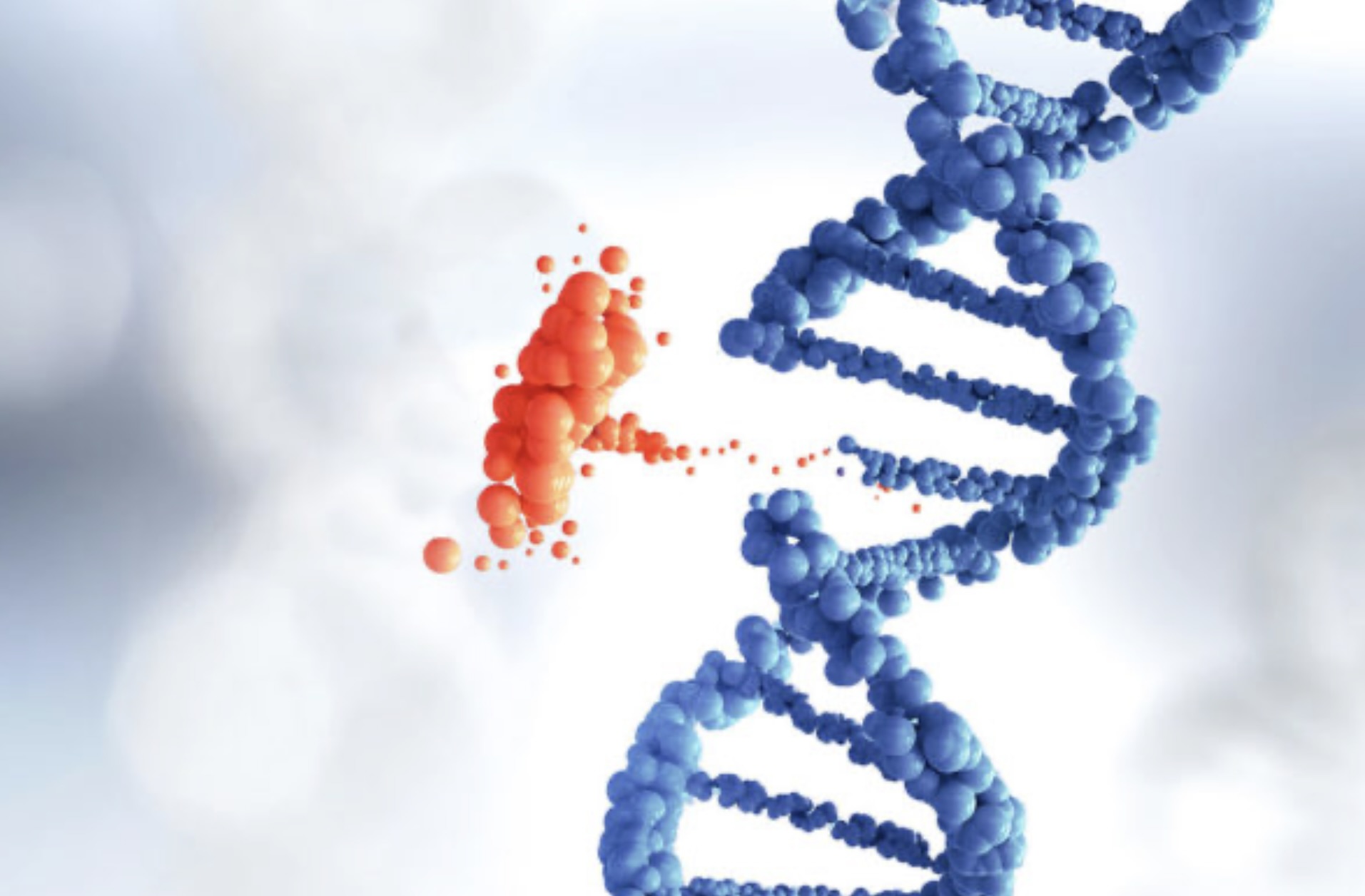C1-INH: Symptoms, Causes & Treatment
What are the symptoms of C1-INH?
C1 inhibitor deficiency, also known as hereditary angioedema (HAE) due to C1 inhibitor deficiency, is a rare genetic disorder characterized by recurrent episodes of swelling (edema) in various parts of the body, including the skin, airway, and gastrointestinal tract. The symptoms of C1 inhibitor deficiency can vary depending on the location of the swelling and the severity of the condition. Common symptoms of C1 inhibitor deficiency include:
- Swelling: The hallmark symptom of C1 inhibitor deficiency is recurrent episodes of swelling, which can occur in various parts of the body. The swelling is often sudden and can be painful. Common areas affected include the face, hands, feet, and genitals.
- Abdominal Pain: Swelling of the gastrointestinal tract can cause severe abdominal pain, nausea, vomiting, and diarrhea. These symptoms can mimic other gastrointestinal conditions such as appendicitis or inflammatory bowel disease (Crohn’s disease or ulcerative colitis).
- Swelling of the Airway: Swelling of the airway can cause difficulty breathing, coughing, wheezing, and hoarseness. In severe cases, airway swelling can be life-threatening and require immediate medical attention.
- Skin Symptoms: In addition to swelling, some people with C1 inhibitor deficiency may experience other skin symptoms, such as redness, itching, and a rash-like appearance.
- Joint Pain: Swelling in the joints can cause pain, stiffness, and limited range of motion.
It’s important to note that the symptoms of C1 inhibitor deficiency can vary widely between individuals and even within the same individual over time. Some people may experience frequent and severe episodes of swelling, while others may have milder symptoms or go long periods without any symptoms. If you or someone you know is experiencing symptoms of C1 inhibitor deficiency, it’s important to consult your healthcare provider for proper diagnosis and management.
What are the causes of C1-INH?
C1 inhibitor deficiency, also known as hereditary angioedema (HAE) due to C1 inhibitor deficiency, is a genetic disorder caused by mutations in the SERPING1 gene, which provides instructions for making the C1 inhibitor protein. The C1 inhibitor protein plays a crucial role in regulating the complement system, a part of the immune system involved in inflammation and the body’s response to infection.
In people with C1 inhibitor deficiency, mutations in the SERPING1 gene result in reduced or dysfunctional C1 inhibitor protein. This leads to uncontrolled activation of the complement system, which can result in episodes of swelling (edema) in various parts of the body.
C1 inhibitor deficiency is an autosomal dominant genetic disorder, which means that a person only needs to inherit one copy of the mutated gene from one parent to develop the condition. If a person inherits two copies of the mutated gene (one from each parent), the condition is typically more severe.
It’s important to note that C1 inhibitor deficiency is a genetic disorder and is not caused by external factors or lifestyle choices. It is inherited in an autosomal dominant pattern, meaning that each child of a parent with the condition has a 50% chance of inheriting the mutated gene and developing the disorder.
What is the treatment for C1-INH?
The treatment for C1 inhibitor deficiency, also known as hereditary angioedema (HAE) due to C1 inhibitor deficiency, aims to manage and prevent symptoms, particularly acute attacks of swelling. Treatment options for C1 inhibitor deficiency include:
- C1 Inhibitor Replacement Therapy: This is the mainstay of treatment for acute attacks of swelling in patients with C1 inhibitor deficiency. It involves intravenous administration of C1 inhibitor concentrate to restore levels of functional C1 inhibitor protein in the body.
- Self-Administered C1 Inhibitor: Some patients may be trained to self-administer C1 inhibitor concentrate at the onset of an acute attack, which can help to shorten the duration and severity of symptoms.
- Medications to Relieve Symptoms: Antihistamines and corticosteroids may be used to relieve symptoms such as itching and inflammation during acute attacks, although they are not effective in treating the underlying cause of C1 inhibitor deficiency.
- Prophylactic Therapy: Some patients with frequent or severe attacks may benefit from long-term prophylactic therapy to prevent attacks. Options include androgens, which stimulate the production of C1 inhibitor, and other medications that help regulate the immune system.
- Management of Triggers: Identifying and avoiding triggers that can precipitate attacks, such as stress, trauma, certain medications, or hormonal changes, may help reduce the frequency and severity of attacks.
- Emergency Treatment: Patients with severe attacks of swelling involving the airway may require emergency treatment, such as intubation and ventilation, to ensure adequate oxygenation.
- Monitoring and Supportive Care: Regular monitoring and support from a healthcare team familiar with the management of C1 inhibitor deficiency are important to ensure optimal management and quality of life for patients.
It’s important for patients with C1 inhibitor deficiency to work closely with a healthcare provider experienced in the management of the condition to develop an individualized treatment plan. Treatment approaches may vary depending on the severity of symptoms, the frequency of attacks, and other factors specific to each patient.




